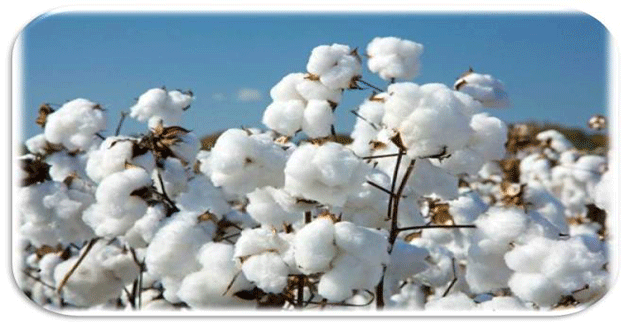
India’s Cotton Yarn Exports Need To Be Pepped By Radical Policy Mix And Adequate Substitutes For China
The cotton yarn exports from India have faced a steady decline since the high of 2013 owing to a host of reasons including China’s preference to buy from Vietnam, agreements and pacts that are unfavorable to Indian textile trade besides a global meltdown in business.
China has been the major importer of India’s cotton yarn which gradually peaked in 2013. Figures made available at the DGFT website indicate that China’s cotton yarn import from India reduced from US$ 1903.41 million in 2013-14 to US$ 1514.57 in 2014-15. For the year 2015-16, it further slid down to US$ 1473.13 million. The current financial year’s indicator too is not very healthy and points to a further downward trend. The figures for Chinese imports from April to November 2016 stand at US$ 591.15 Overall and the growth rate of Indian yarn exports to China is negative and stand at -2.74 %.
The reasons for sharp export dip become obvious when you observe that China has shifted its yarn sourcing to other countries like Vietnam. The country has received significant investment as a signatory to the much discussed TPP agreement (though now US came out of it) in its yarn spinning sector due to the yarn forward rule. Vietnam’s yarn spinning spindles multiplied in last three years and several large Chinese companies have set up spinning units there. It is evident that Chinese industries wants to outsource low-value yarn spinning jobs and deploy own manpower to high-value product manufacturing or service sector industries. In the bargain, even though India has endeavored to increase its yarn exports to other countries, it’s unable to make good the volume of business lost due to decrease in Chinese import of yarns.
At present, the light at the end of the tunnel looks very far off though Bangladesh has been a brighter spot for Indian cotton yarn export. Figures of exports of Indian yarn to Bangladesh indicate that in 2013-14 it stood at US$ 523.45 million. In 2014-15, the corresponding figure stood at US$ 540.29 million. It rose to US$ 557.24 million in 2015-16. In the first half of 2016-17 the figure stood at US$ 362.92 million. The overall growth figure turns out to be 3.14 percent.
Similarly with Pakistan, the yarn export figures for India stood at US$ 117.69 million in 2013-14. It fell to US$ 89.9 million in the subsequent year and recovered to a healthy US$ 131.17 million in 2015-16. The overall growth figure indicated is a steep 45.91 percent. In the first half of the current year, the export figures have already crossed the 100 million mark and stand at US$ 102.1 million. However, Pakistan’s local yarn industry has cried foul while accusing India of dumping yarns there harming the interest of the local spinners. Thus, a countervailing duty has been introduced on imports of finer count cotton yarn from India two months back.
According to industry insiders, if the government grants two percent under the Merchandise Export incentive scheme and three percent under the interest equalization scheme as a short term measure, it would go a big way in boosting Indian yarn exports to other countries.
Speaking on long term measures, industry insiders felt that the government should take more proactive measures in handling international trade treaties. They were of the opinion that with the repeal of the TPP, India will have to wait and watch how the other members of the Protocol (US has opted out of TPP) behave and regroup. This will give India an indication of how tight and restrictive the global markets could turn for reviving yarn exports. TPP was not the only cog in the wheel. In addition to taking advantage of the wind moving in our favor, in order to revive exports, India has to cautiously tread on the global front when balancing its trade strategy with a much more radical policy mix. This would be no mean task as compared to growth it registered in the boom years of 2000 to 2007. It may be recalled that the growth figures for those halcyon years stood at 20 percent.
The other factors affecting the yarn exports are the fluctuation in the cotton prices and the general global meltdown in volumes of trade. This however, cannot be attributed as a significant reason for the decline in yarn exports. In the coming years, much will depend on India’s trade negotiators obtaining enhanced market access for the country’s exports. This also implies that negotiators ensure that India’s yarn exports do not face prohibitive tariff and non-tariff barriers.
On the positive side, India produces a comprehensive range of yarns for every conveyable end use – ring-spun or open-end; combed or carded, basic, compact, mélange or fancy. India’s over 1943 large spinning mills produce them all for requirements ranging from a fine Ne200 count to a coarse Ne1 count. The world’s most renowned Indian cotton yarns can meet every customer requirement whether large or small, regular or customized, premium or basic. However, if Indian spinning industry wishes to be a long term player, one has to look at adding value either through forward integration or moving into niche areas.
Textile Excellence
If you wish to Subscribe to Textile Excellence Print Edition, kindly fill in the below form and we shall get back to you with details.








